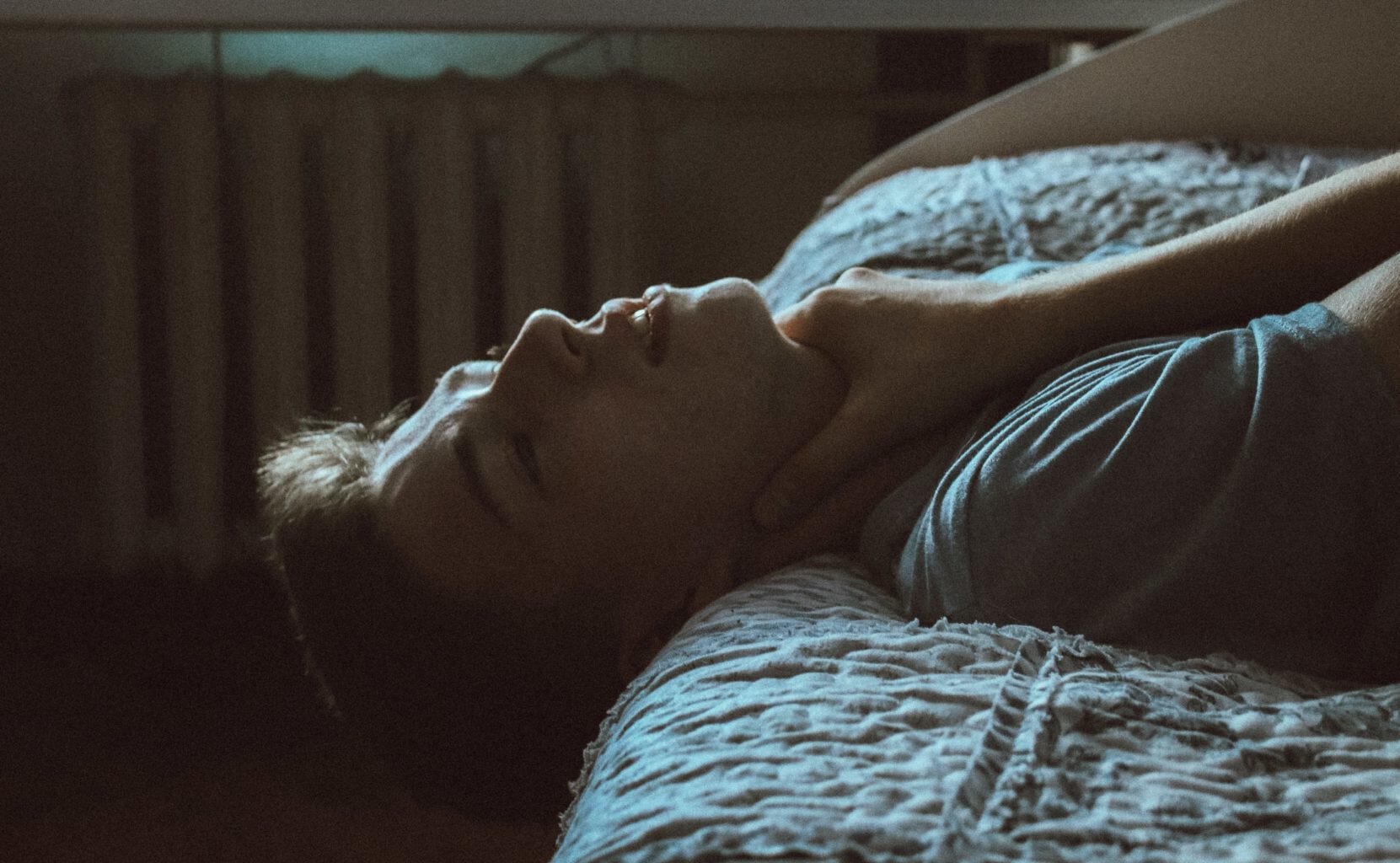


If you find yourself constantly waking throughout the night, struggling to breathe, you might have sleep apnea. Understanding sleep apnea can help you find the right treatment for your symptoms. However, it is also vital that you find out what type of sleep apnea you have. There are two main types of sleep apnea: central sleep apnea versus obstructive sleep apnea. Once you figure out which one you have, you can start sleeping peacefully.
Before we get into central sleep apnea versus obstructive sleep apnea, let's do a quick summary of sleep apnea in general.
Sleep apnea is a sleeping disorder where your breathing is periodically interrupted while you sleep. These involuntary interruptions, called apneic events, can last a few seconds to a few moments. They can also occur a few times or hundreds of times a night.
Each time an apneic event occurs, your oxygen levels decrease while your carbon dioxide levels increase. This triggers your brain to partially awaken so you can properly breathe, which often causes snoring. However, partially awakening throughout the night prevents your body from getting the quality of sleep it requires. This can cause damage to the nervous system if left untreated. Seek medical attention if you or someone you know suffers from sleep apnea, as it can be fatal if left untreated.
One possibility for sleep apnea is TMJ disorder. Since TMJ involves the misalignment of jaw joints, it can alter the resting place of the tongue, leading to the blocked airways (OSA).
As mentioned before, there are two main types of sleep apnea: central sleep apnea versus obstructive sleep apnea.
You can read more about sleep apnea here.
The first type of sleep apnea is central sleep apnea, or CSA. This is when the brain temporarily fails to properly signal the airway muscles to breathe. CSA is often caused by medical issues that affect the brain stem, such as Parkinson's, brain infections, obesity or strokes. CSA is more common in men and people over the age of 65.
Obstructive sleep apnea, or OSA, is when the tongue or soft tissue at the back of the throat partially or completely collapses into the upper airway during sleep. Oxygen is prevented from entering the lungs, and the chest muscles, diaphragm and heart have to work harder to get air into your lungs. If air can squeeze by the blockage, it usually creates snoring, snorting, choking or gasping sounds. OSA is the more common form of sleep apnea.
The problem with both CSA and OSA is that once you partially awaken and get your breath back, you fall asleep, but the process can start all over again. CSA and OSA sleep apnea can range from mild to moderate to severe, depending on the number of apneic events.

Both CSA and OSA have a range of symptoms.
CSA symptoms include:
OSA symptoms include:
There are several treatment options for CSA and OSA.
With CSA, treatment is usually for the underlying causes. For example, if your Parkinson's causes your CSA, you would try to treat the Parkinson's.
For OSA, try to avoid alcohol or smoking before bedtime, lose weight or sleep on your side.
One treatment possibility is a PAP, or positive airway pressure, machine. There are four types of PAP machines: CPAP (continuous positive airway pressure), APAP (automatic positive airway pressure), BPAP (bilevel positive airway pressure) and ADS (adaptive servo ventilation). All machines are noninvasive and keep the airways open using mild air pressure. BPAP has two pressure settings; one is for exhalation, and the other is for inhalation. ADS constantly monitors your breathing and adapts to it.
Other treatment options include mouthpieces, surgery, medications or phrenic nerve stimulation.
If TMJ is causing your sleep apnea, contact Dr. Eddie Siman, the TMJ expert. With over 30 years of experience in the field, Dr. Siman can recommend a custom-made, comfortable oral device to help treat your sleep apnea. The oral device is custom-designed to your mouth and jaw shape to bring your lower jaw forward. This prevents your tongue from blocking the airway and keeps the airway open.
Contact Dr. Eddie Siman today.
Dr. Eddie Siman has over 35 years of experience and is a premier TMJ and Sleep Apnea expert in Los Angeles and Orange County. Many come to Dr. Eddie Siman with severe tinnitus, migraine problems, and sleep apnea with no relief in sight. Little do these patients know that their painful symptoms are tied to the Temporomandibular joint (TMJ). Think outside the box and pay a simple visit to Dr. Siman today so you can finally find the source of all your pain and get rid of it once and for all.
Schedule your Private Consultation and Diagnosis Appointment with Dr. Siman Expert TMJ, Cosmetic Dental, and Sleep Apnea Treatments.
Call today (818) 574-5009
14629 Ventura Blvd, Sherman Oaks, CA 91423
414 N. Camden Drive Suite #1240, Beverly Hills, CA 90403